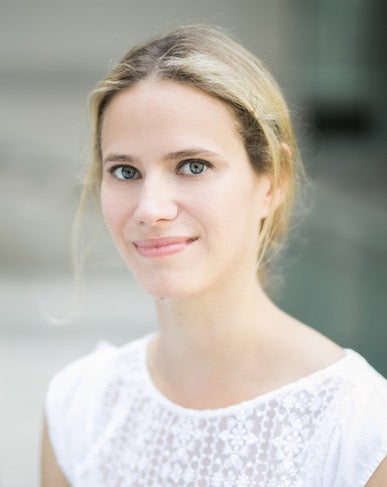Picture a Scientist

Though the demographics are changing, women continue to be underrepresented in all areas of science, technology, engineering and mathematics (STEM). According to recent data from the UNESCO Institute for Statistics, women make up less than 30% of the world’s researchers.
A new film by Sharon Shattuck and Ian Cheney chronicles the lives of women in science, examining the biases they have faced throughout their careers. “Picture a Scientist” follows the experiences of a biologist, a chemist and a geologist who overcame harassment, institutional discrimination and years of subtle slights to revolutionize the culture of science.
The documentary, which seeks to amplify the voices of women and of people in color in academia is available to view as part of the CWC Docs series presented by UC Santa Barbara’s Carsey-Wolf Center. At 4 p.m. Thursday, Oct. 8, Emily Goard Jacobs, an assistant professor in the Department of Psychological and Brain Sciences at UC Santa Barbara, will lead a Q&A with film producers and directors Shattuck and Cheney.
The virtual event is free, but prior registration is required. Registered audience members will receive a link to view the documentary.
“My stake in this is personal,” said Jacobs. “I’ve spent the better part of a decade fighting for women’s health to be taken as seriously as men’s health in the biomedical sciences. Ultimately, enhancing diversity in STEM will shorten our timeline to that goal.”
Diversity, she noted, is not only a social justice issue. “Diversity in science makes science better,” she said. “It drives innovation, it challenges status quo thinking, and it can change the very nature of the questions we think to ask.” She cites her own field of cognitive neuroscience as an example.
“Historically, neuroscience has overlooked aspects of the human condition that matter for women and women’s brain health,” Jacobs said. “But as women step into positions of power those oversights are being addressed.” Jacobs and her lab explore these topics in the recent article “The scientific body of knowledge — whose body does it serve?” published in the journal Frontiers in Neuroendocrinology as part of a special issue on women’s brain health.
According to Jacobs, the film should be required viewing for all academics. “The novelist Henry James encouraged us to live our lives ‘finely aware and richly responsible,’” she said. “If James is correct, we can fail in two ways: by being obtuse or by being negligent. Watching this film, you’ll become exquisitely aware of the implicit and explicit forces that impede women’s access to and retention in the STEM pipeline. Only by identifying and naming these biases can we take steps to correct them.”
“Picture a Scientist” chronicles the groundswell of researchers who are writing a new chapter for women scientists. From cramped laboratories to spectacular field stations, the film highlights scientific luminaries who provide new perspectives on how to make science itself more diverse, equitable and open to all.
“In our post-screening discussion we’ll explore why Ian and Sharon decided to make this film — why this story, why now,” Jacobs said. “And we’ll discuss whether the film’s message takes on greater urgency in a political climate in which basic human rights that once were fiercely protected are now openly debated.”
More information about the “Picture a Scientist” event is available at the Carsey-Wolf Center. Registration will close one hour before the event, and registered participants will receive a screening link to view the film in advance of the discussion.



